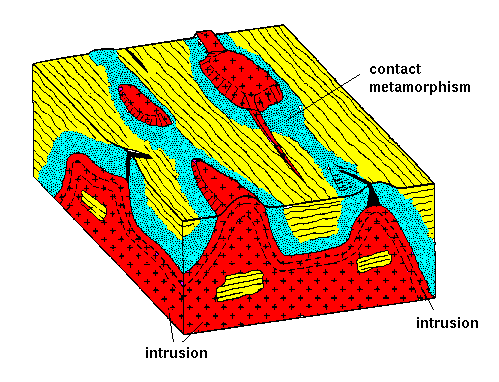Terra Rossa EarthCache
-
Difficulty:
-

-
Terrain:
-

Size:  (not chosen)
(not chosen)
Please note Use of geocaching.com services is subject to the terms and conditions
in our disclaimer.
This is a virtual cache ie there is no container at the listed coordinates!
Welcome to Terra Rossa, an earthcache by Cankid that explores a nice little area on Red Hill that has an interesting arrangement of geological pieces. Enjoy your walk and I hope you are able to learn something new!
Geology of the ACT
The ACT began to form many millions of years ago, underwater, during the time known as the Silurian Period. During this time there were mass extinctions of marine life and some of these fossilised creatures are present in other earth caches in the ACT. The most predominant of these, GCHKCK, features many fossilised brachiopods, as well as bryozoans and trilobites.
Most of the younger rocks in Canberra were formed through volcanic eruptions and pyroclastic deposits. The Yarralumla formation is different. It was formed about 425 million years ago and is predominantly made up of sedimentary mudstone or siltstone. This final stage of marine sediments is represented by the Yarralumla Formation. The Yarralumla Formation consists of a classic sequence of calcareous and tuffaceous mudstone and siltstone with minor interbeds of limestone and quartz sandstone. The Yarralumla Formation extends throughout the Woden Valley and exposures can be seen at the Yarralumla Brickworks and also at the Deakin Anticlines.
Geology of Red Hill
 Red Hill is has a wide variety of interesting geological formations and there is some great evidence of this at the waypoints which include an abandoned quarry. Geologists have referred to the area as an "erosion residual" resulting from metamorphosis of sedimentary rock. These sediments, part of the Yarralumla Formation, were toughened by thermal metamorphism. These rocks are usually called 'hornfels'.
Red Hill is has a wide variety of interesting geological formations and there is some great evidence of this at the waypoints which include an abandoned quarry. Geologists have referred to the area as an "erosion residual" resulting from metamorphosis of sedimentary rock. These sediments, part of the Yarralumla Formation, were toughened by thermal metamorphism. These rocks are usually called 'hornfels'.
There is a small granite intrusion to the south that is the cause of this metamorphosis. As is indicated by the name, the soil in this area is known as Terra Rossa meaning Red Ground.
 Thermal/Contact Metamorphosis
Thermal/Contact Metamorphosis
Thermal or contact metamorphism commonly occurs with intrusive igneous rock. This is a result of a temperature increase due to an intrusion of magma into cooler country rock. The area surrounding the intrusion, where there are effects of the intrusion present, is called a metamorphic aureole.
To log a find
You must email me with the answers to the following questions:
- WP1
- Soils here comes from mostly what?
- How many millimeters per 100 years?
- WP2
- Length of crack in big rock
- Colour of stripped rocks
- WP3
- WP4
- Which direction are the small indents going, horizontal or vertical?
- WP5
- How far apart are the two rocks on the SW side?
PLEASE DO NOT POST YOUR ANSWERS IN YOUR LOGS! THOSE LOGS WILL BE DELETED IMMEDIATELY!
Sources
(Click Here) (Click Here) (Click Here)
Additional Hints
(Decrypt)
Qba'g sbetrg n gncr zrnfher!